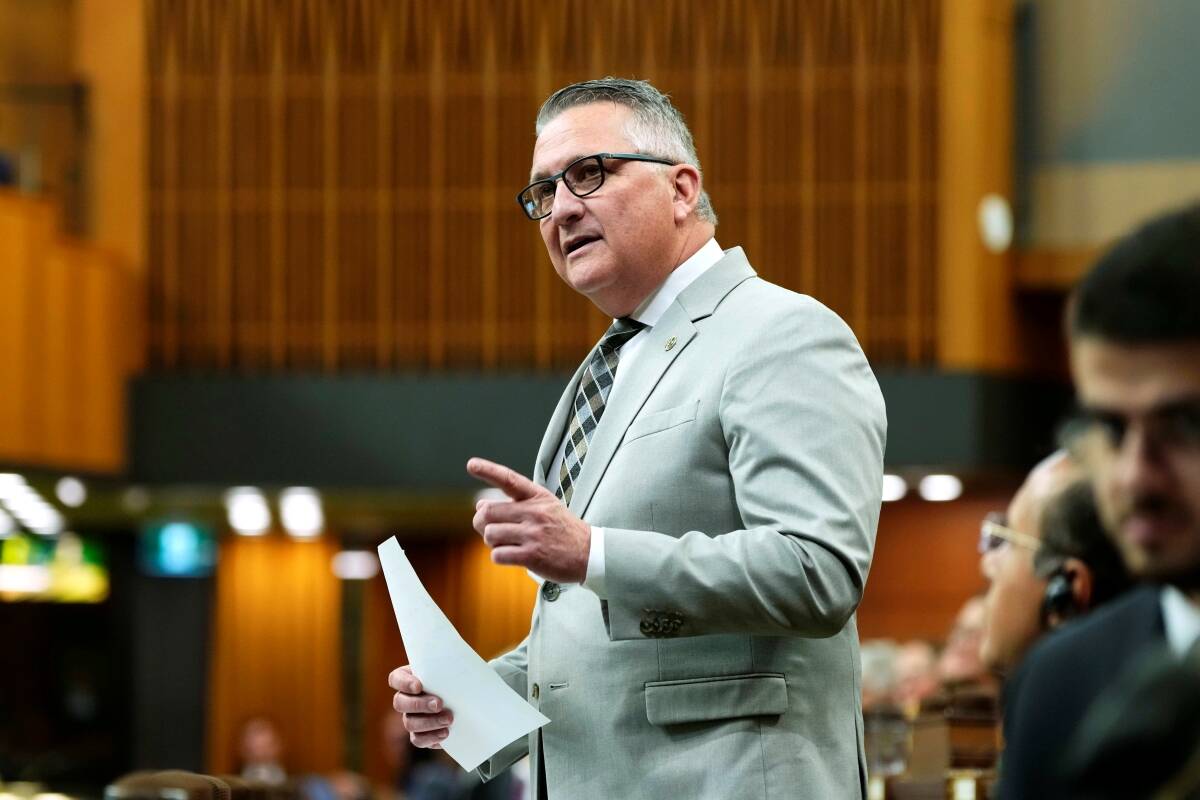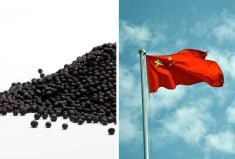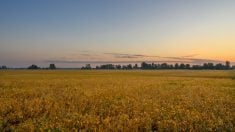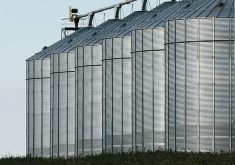Anyone who has an opinion on how chickens, turkeys and poultry breeding stock should be raised can now give their views to the committee that is revising the code of practice.
The National Farm Animal Care Council, which oversees code of practice updates, was to open the public comment period Oct. 5. Opportunities to comment will remain open until Dec. 4, when the committee will begin reviewing the information received.
The code of practice for chickens, turkeys and breeders — meat birds, as opposed to egg layers — was last updated in 2003.
Read Also

Canada, Mexico look beyond U.S. as agri-food trade pact expands
Earlier this week Heath MacDonald, Canada’s Minister of Agriculture and Agri-Food and Mexico’s Secretary of Agriculture and Rural Development, Julio Berdegué, met to discuss bilateral relations and strengthen cooperation and trade ties between the two countries.
That code was used as a starting point, said NFACC general manager Jackie Wepruk, but the next version will have more clarity on practices that are required and those that are recommended.
Industry groups decided in 2003 to combine the three types of poultry into one code, even though there are various production needs and differences among them.
“While there are some individual differences that need to be addressed, there is enough commonality between the three that it made sense for them to do this together,” Wepruk said.
The 15 member code development committee has had the peer-reviewed scientific findings in hand since 2013, but the code development process was delayed until additional federal funding was approved.
The committee has now developed a draft and public comment on it is the next step in the process.
“We’re hoping that there’s going to be a high degree of interest,” said Wepruk.
“The comments that provide constructive guidance for the code development committee are the most appreciated. It does make a difference. Every code that’s been developed through this process has taken into consideration the comments that come through this public comment process.”
The committee is not given the names of individuals who comment, but submissions that come from a group are identified as such.
The finalized code has a targeted release date sometime in June 2016.
Wepruk acknowledged that animal welfare issues can be contentious and committee members are made aware of it at the start. In the case of meat birds, stocking density is an issue, as well as air and litter quality, lameness, cannibalism and euthanasia methods.
The scientific committee involved in this code, headed by Karen Schwean-Lardner of the University of Saskatchewan, identified nine priority welfare issues:
– male to female aggression in broiler breeders
– feed restriction in broiler breeders and turkey breeders
– feather pecking and cannibalism in broiler breeders and turkeys
– air and litter quality
– stocking density
– lameness
– lighting regimens
– methods of euthanasia
– surgical interventions in turkeys.
Contact barb.glen@producer.com















